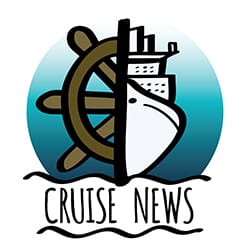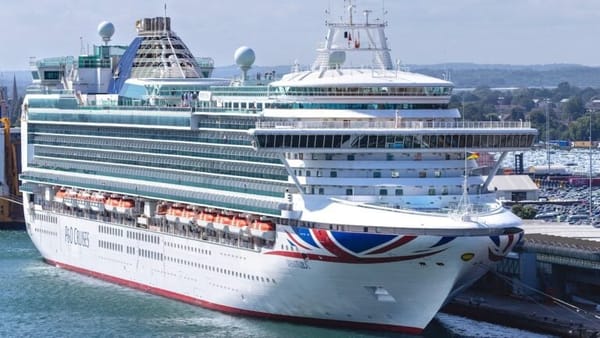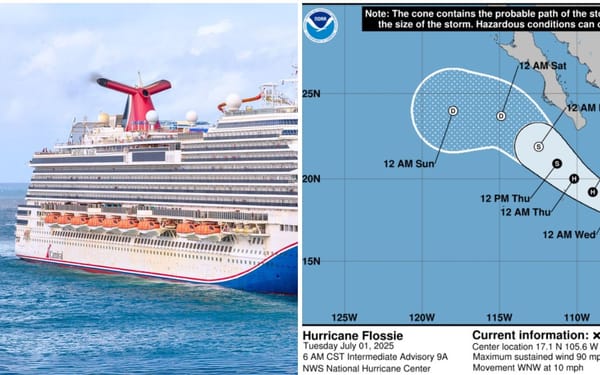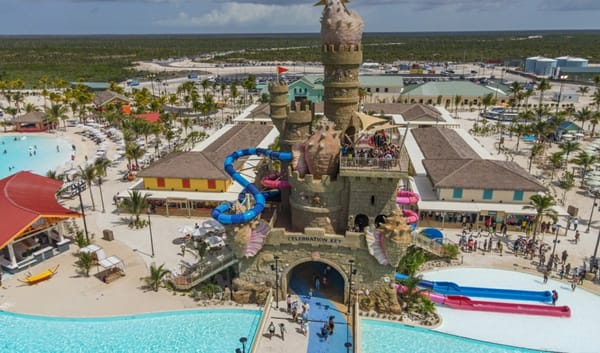Viking Holdings Lifts Q1 Revenue 24.9% as Fleet Grows, Demand Surges
Viking’s revenue jump reflects both rising appetite for upscale cruises and the company’s expansion strategy, as strong advance bookings and near-full occupancy underscore resilient demand.
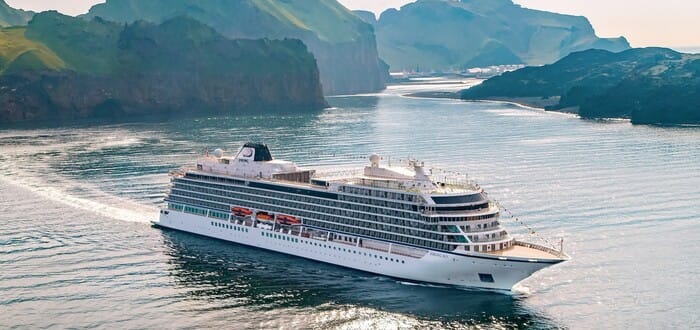
Viking Holdings has announced its financial results for the first quarter of 2025, indicating strong momentum in the cruise operator’s business. The company reported total revenue of $897.1 million for the quarter ending March 31, a 24.9% increase compared to the same period in 2024. This uptick was attributed to an expanded fleet, higher passenger capacity, and increased revenue per cruise day, underscoring robust demand for Viking’s niche in providing high-end, immersive travel experiences.
Key Financial Highlights
The quarter saw notable growth in several key performance indicators:
- Gross Margin: Increased by 53.9% to $245.5 million, with Adjusted Gross Margin up 23.8% year-over-year to $613.3 million.
- Net Yield: Improved by 7.1%, reaching $544 per Passenger Cruise Day.
- Adjusted EBITDA: Climbed to $72.8 million, an increase of $77.3 million over the same period in 2024.
- Net Leverage: Reduced from 2.4 times at the end of 2024 to 2.0 times as of March 31, 2025.
- Passenger Capacity: A 14.9% increase, driven by the addition of two new river vessels and an ocean ship in 2024.
Despite these gains, Viking reported a net loss of $105.5 million for the quarter. This marks a significant improvement from the $490.7 million loss sustained in the first quarter of 2024, which included the financial impact of preference shares that have since been converted into ordinary shares.
Advanced Bookings Surging for 2025 and 2026
Viking’s forward-looking metrics remain equally strong. As of May 11, 2025, the company has sold 92% of its available Capacity Passenger Cruise Days for the 2025 season and 37% for the 2026 season. Advance bookings for 2025 amounted to $5.508 billion, a 21% increase over the same period last year.
For 2026, advance bookings totaled $2.676 billion, 11% higher than 2025’s comparable period. Advance Bookings per Passenger Cruise Day for the 2025 season averaged $794, a 7% increase year-over-year, while figures for 2026 stand at $885, a 4% rise over the 2025 season.
Fleet Expansion and Occupancy Rates
The company’s strategic fleet expansion is driving much of this growth. The delivery of two river ships and an ocean vessel in 2024 has boosted capacity by 14.9% for the first quarter of 2025. Fleet occupancy levels remain robust at 94.5%, reflecting Viking’s ability to attract consistent demand for its upscale product offerings.
Vessel operating expenses were $309.9 million for the quarter, reflecting a modest 10.2% increase year-over-year, which the company attributes to fleet expansion. Operating costs excluding fuel rose by 12.2%, indicating efficiencies in other areas of the business.
CEO and CFO Insights
Chairman and CEO Torstein Hagen stated, “Our first-quarter results reflect a steady demand for meaningful and enriching travel experiences among our core demographic. We are particularly pleased to have sold 92% of capacity for 2025, effectively securing the year.”
Leah Talactac, Viking’s President and CFO, echoed these sentiments, noting, “Demand remains robust, with advanced bookings for 2026 positioning us strongly despite evolving macroeconomic conditions. Our strategic initiatives, including extended booking windows and direct marketing campaigns, continue to resonate well with our customers.”
Looking Ahead: Strategic Focus on Sustainable Growth
Viking remains committed to responsible expansion by offering a differentiated product and targeting a high-value customer base. With plans for further fleet additions and enhanced direct marketing strategies, the company appears poised for continued success in 2025 and beyond. As the cruise industry rebounds from pandemic-era challenges, Viking’s performance highlights the growing demand for luxury, small-scale cruising. These results signal a promising outlook for sustained growth in a competitive sector.
Frequently Asked Questions (FAQs)
How has Viking’s financial performance improved from 2024 to 2025?
Viking reported a 24.9% increase in total revenue, a 7.1% rise in Net Yield, and a 53.9% growth in Gross Margin for the first quarter of 2025. These improvements reflect stronger passenger demand, expanded capacity, and efficient cost management.
What is the significance of advance bookings for Viking in 2025 and 2026?
As of May 2025, Viking has sold 92% of available capacity for 2025 and secured 37% for 2026. Advance bookings for 2025 reached $5.508 billion, a 21% year-over-year increase, demonstrating strong consumer confidence in future travel plans.
What factors contributed to Viking’s increased Passenger Cruise Days?
The addition of two new river vessels and an ocean ship in 2024 led to a 14.9% increase in Passenger Cruise Days year-over-year, boosting the company’s capacity for the 2025 season.
What steps is Viking taking toward sustainable growth?
Viking focuses on sustainable fleet expansion, targeted marketing efforts, and delivering high-value, differentiated cruising experiences. The strategy aligns with its long-term goals of responsible and thoughtful scaling.
